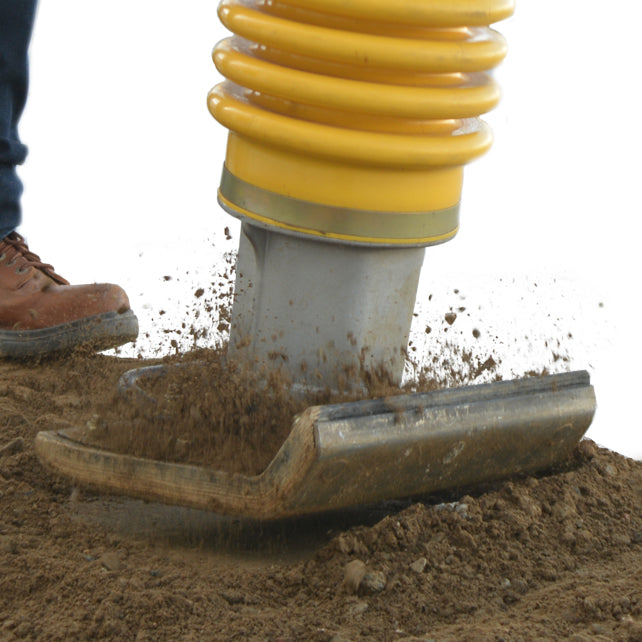In the world of construction, the pursuit of efficiency, durability, and precision is paramount. As technologies and techniques evolve, construction professionals are continually seeking innovative methods to achieve these goals. One such technique that has gained prominence across a variety of construction projects is rammer compaction. From laying the groundwork for solid foundations to paving the way for sturdy roads, rammer compactors have found diverse applications that make them indispensable in modern construction.
1. Building Strong Foundations
A sturdy foundation is the cornerstone of any construction project, whether it's a residential house or a towering skyscraper. Rammer compactors play a crucial role in ensuring the integrity of foundations. By using dynamic compaction principles, rammer compactors densely pack the soil, minimizing air voids and enhancing load-bearing capabilities. This is especially important in areas with soft or loose soil, where a well-compacted foundation prevents settling and potential structural issues down the line.
2. Creating Stable Trenches and Excavations
In projects involving utilities, pipelines, or other subterranean infrastructure, excavations and trenches need to be both stable and secure. Rammer compactors are adept at compacting the soil within these confined spaces, ensuring that the excavations remain structurally sound and free from collapse risks. The dynamic compaction process creates a uniform density that guards against shifting and erosion, critical for the longevity of underground installations.
3. Roadway Construction and Repair
Roads are the arteries of modern society, facilitating transportation and commerce. Properly compacted soil and aggregates are essential for constructing durable and resilient roadways. Rammer compactors are ideal for compacting granular materials used in roadbeds and sub-bases. Their ability to evenly distribute compaction energy across the surface results in a solid and well-packed foundation for pavement layers. Additionally, rammer compactors are used in road repair projects to compact patches and ensure a smooth transition between the new and existing pavement.
4. Landscape and Hardscape Projects
Beyond structural applications, rammer compactors find their way into landscape and hardscape projects. From preparing the ground for patios and walkways to compacting the soil around retaining walls, these compactors ensure stability and prevent shifting over time. Landscaping features and hardscape elements rely on a firm foundation for both aesthetic appeal and functional longevity.
5. Utility Installations and Compaction
When installing utilities like water pipes, gas lines, or electrical conduits, proper compaction around these installations is crucial to prevent soil settlement that could compromise the infrastructure. Rammer compactors are particularly useful in these scenarios, as they can compact the soil around utilities without disturbing the adjacent areas. This precision ensures that the utility installations remain secure and operational.
6. Tackling Confined Spaces
Rammer compactors' compact and maneuverable design makes them well-suited for working in confined spaces. Whether it's a narrow alley or a small construction site, rammer compactors can navigate tight quarters and provide efficient compaction where larger equipment might struggle.
From the foundational stages of a construction project to the finishing touches on roadways and landscapes, rammer compactors have demonstrated their versatility and efficiency across a wide spectrum of applications. The principles of dynamic compaction that these machines employ ensure uniform compaction, enhanced load-bearing capacity, and durability. As the construction industry continues to evolve, rammer compactors stand as a testament to the innovation that drives modern construction practices, proving time and again that they are a vital tool in creating resilient and enduring structures and infrastructure.










